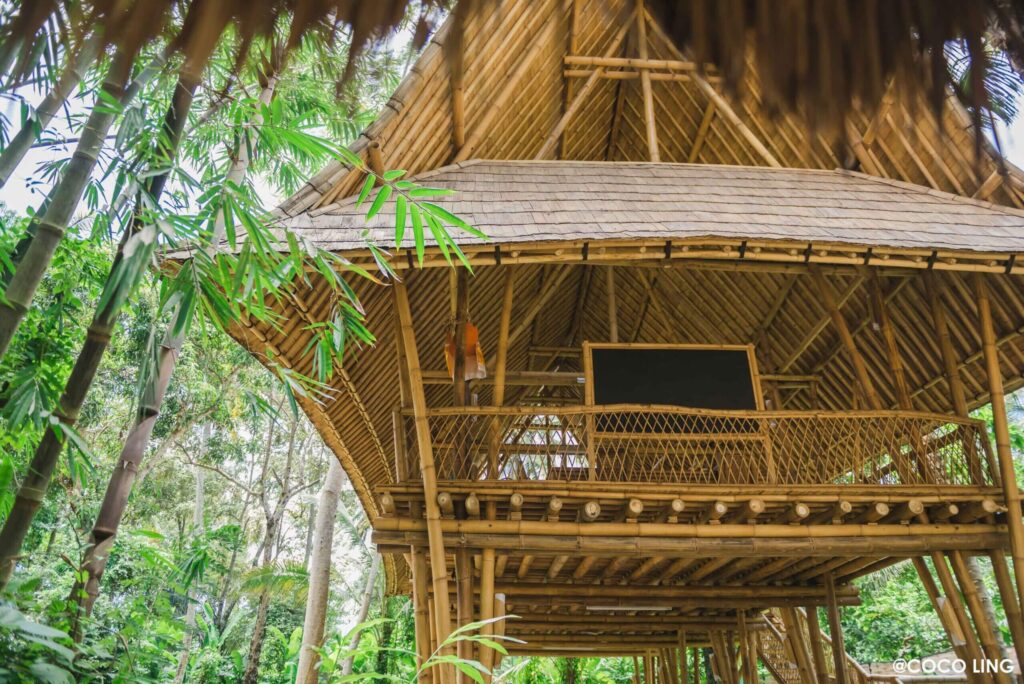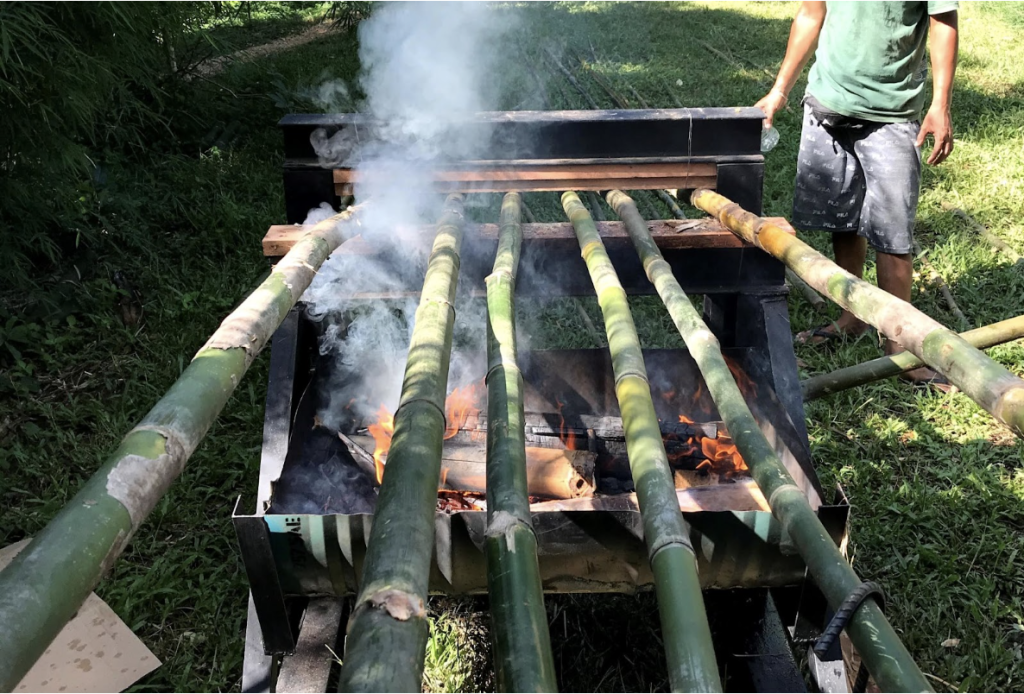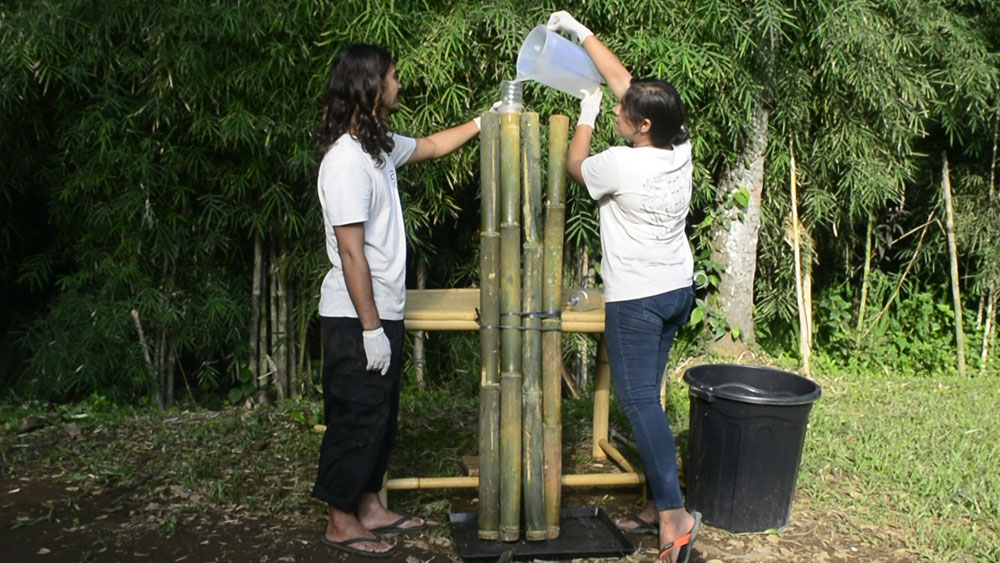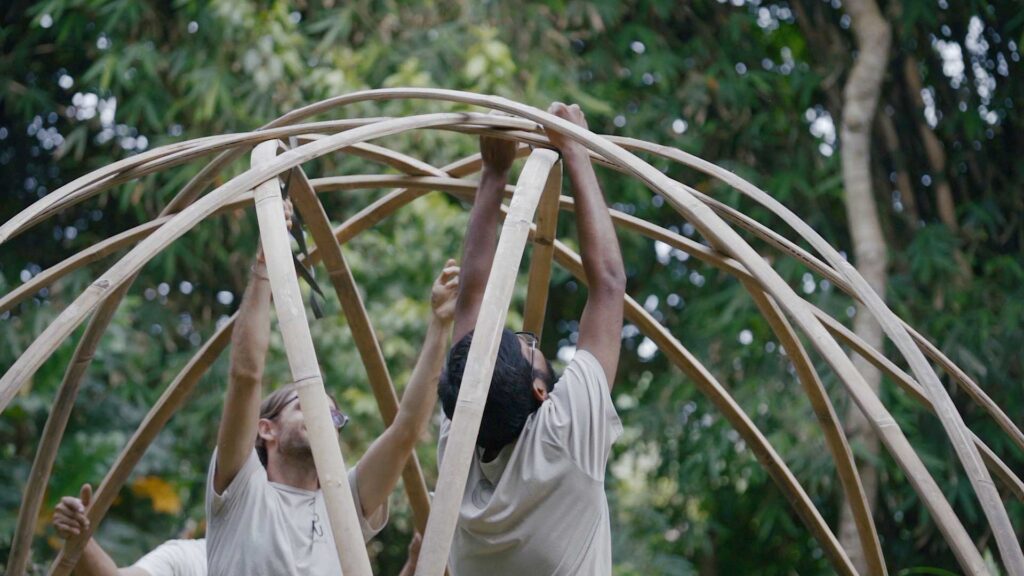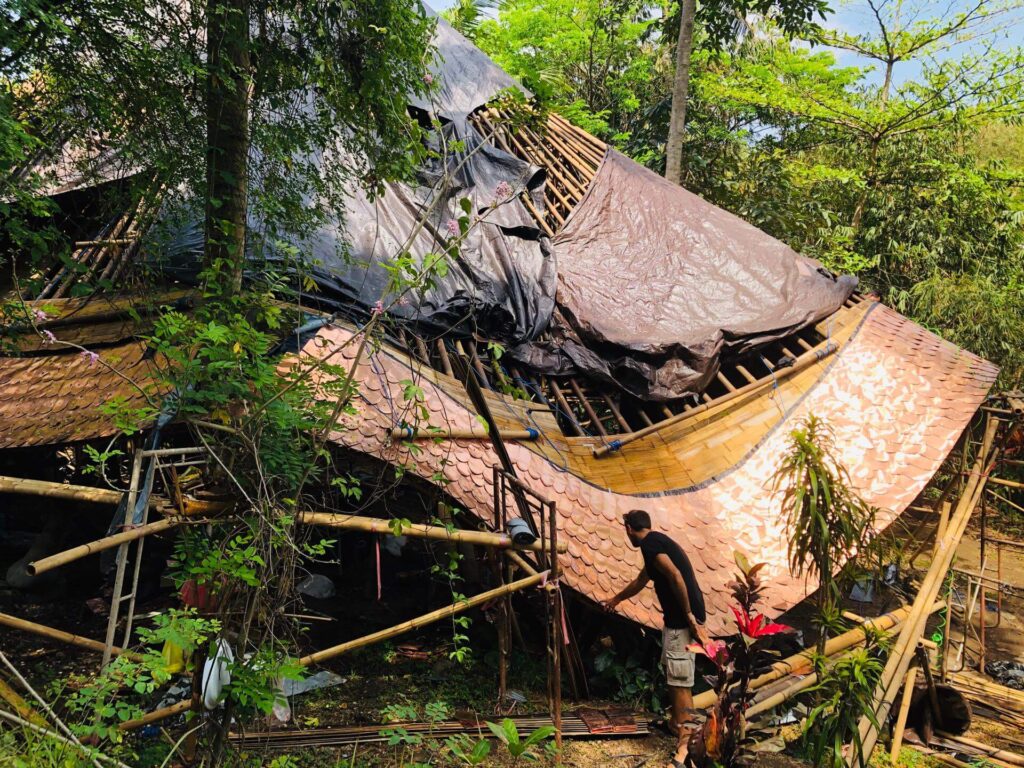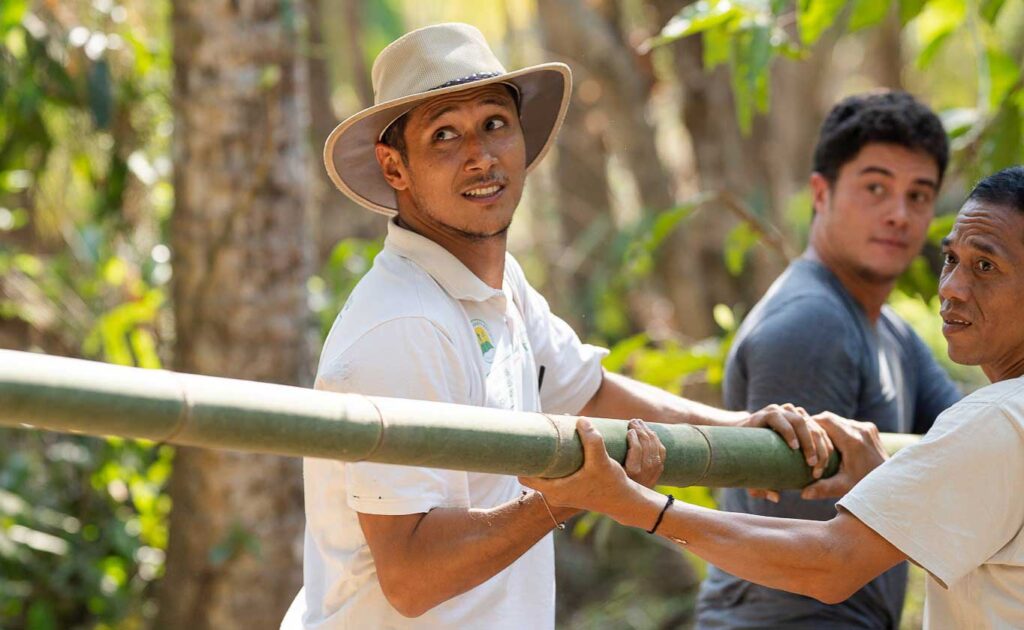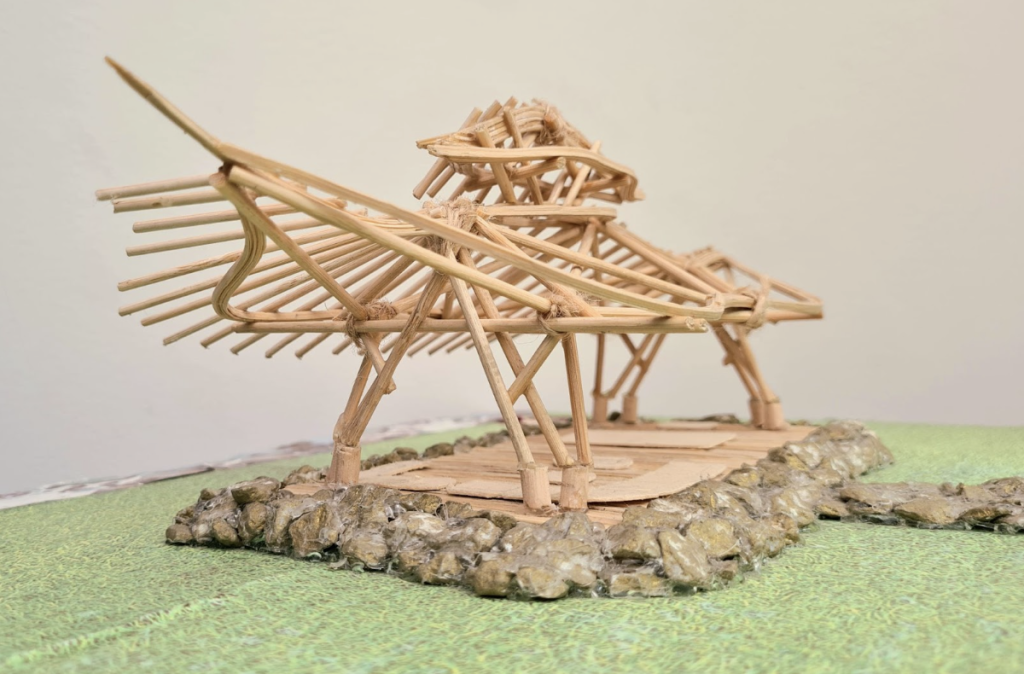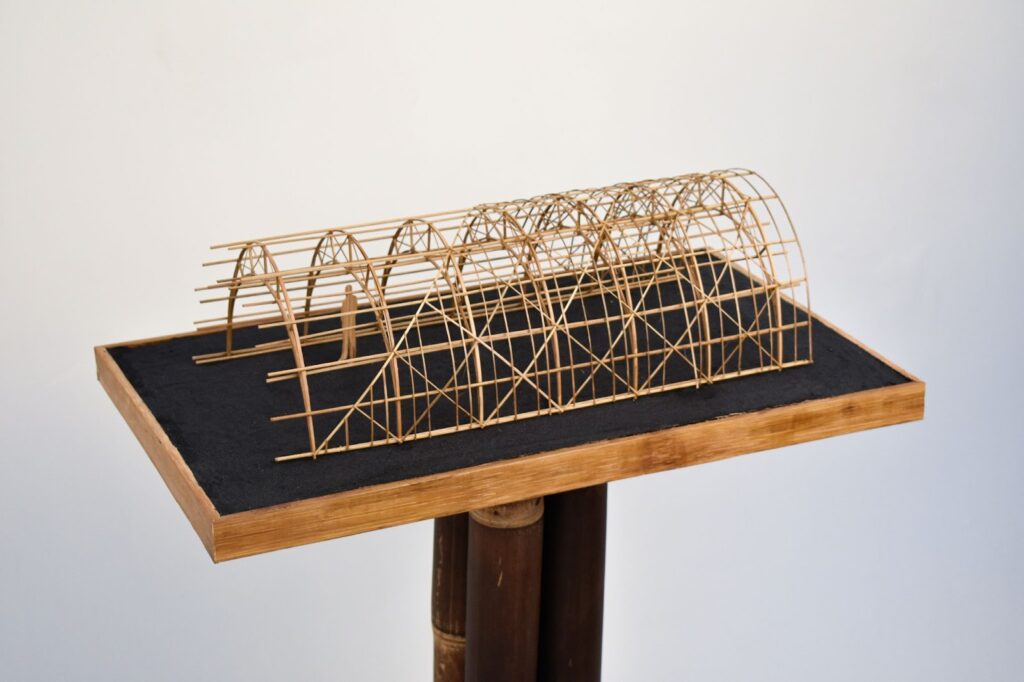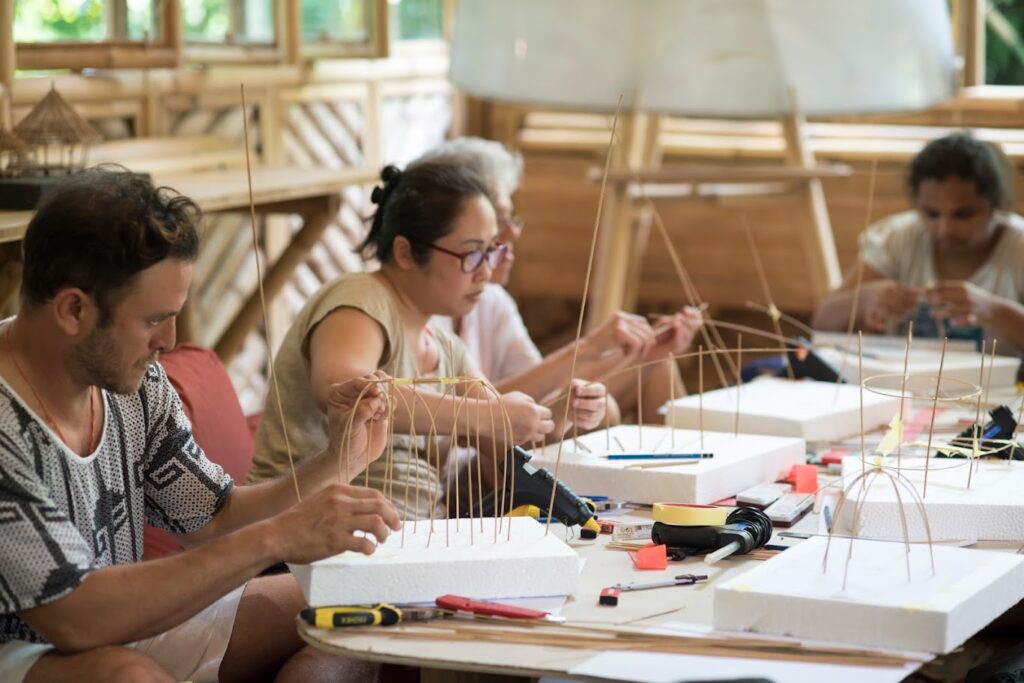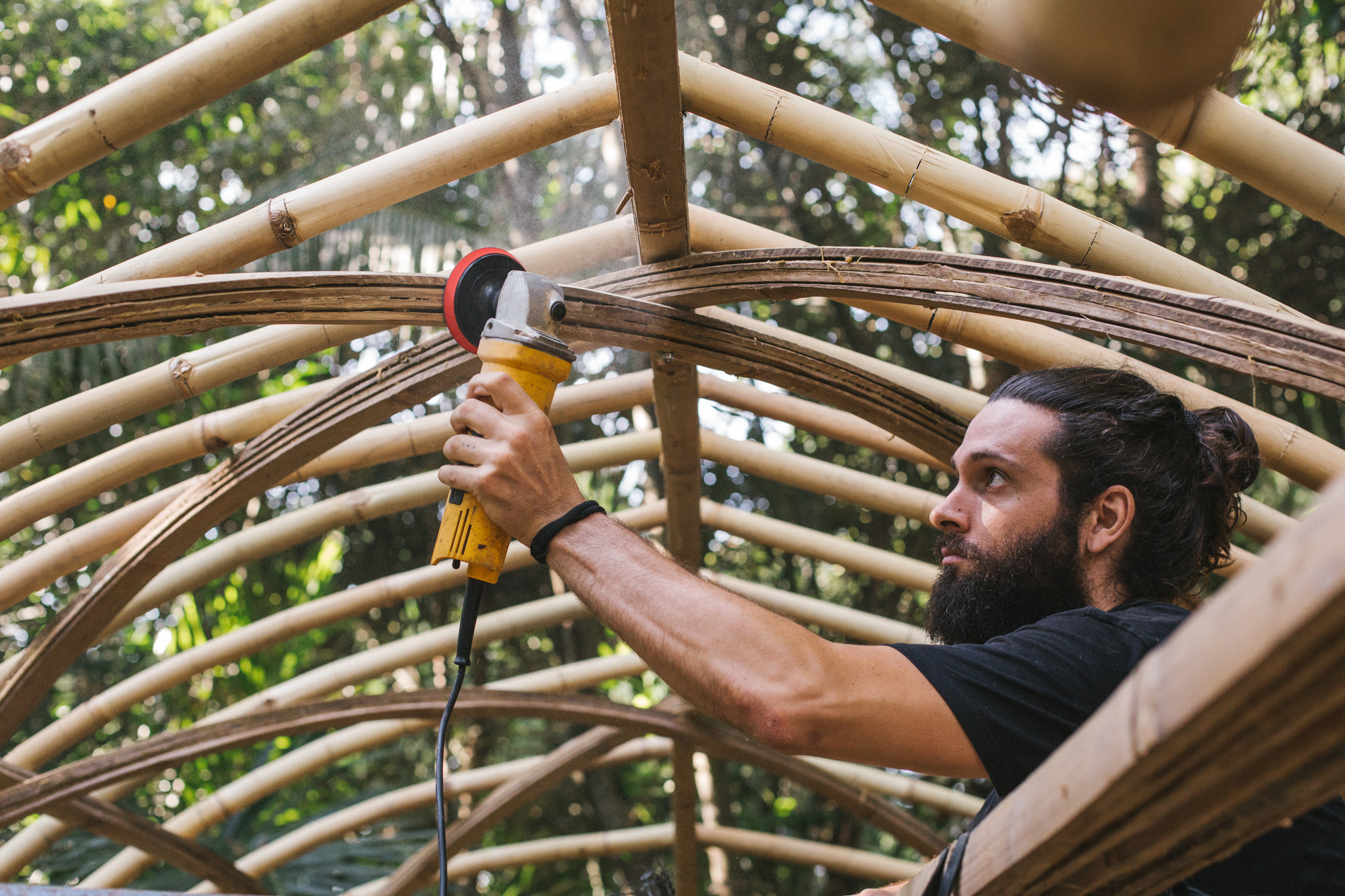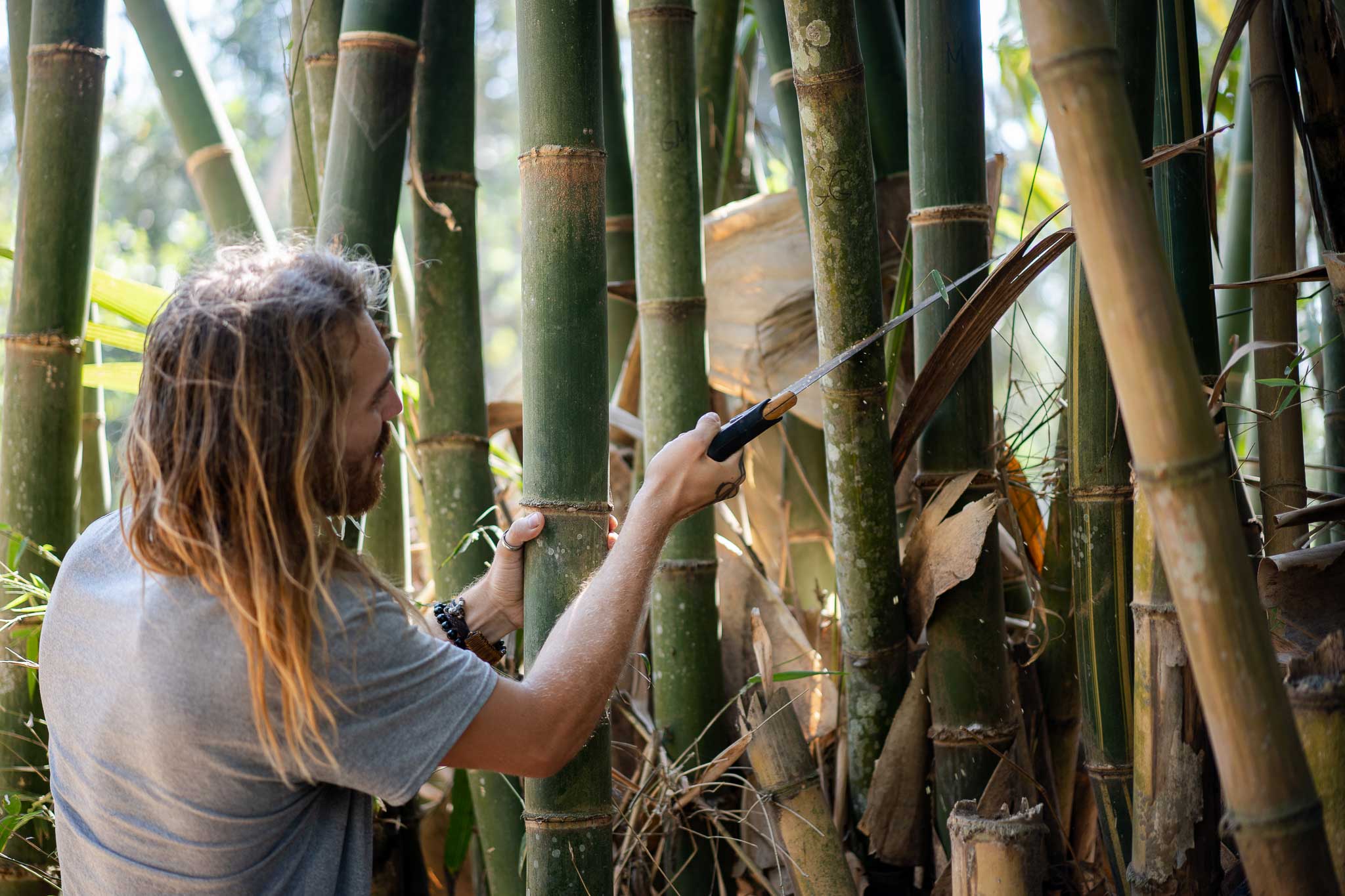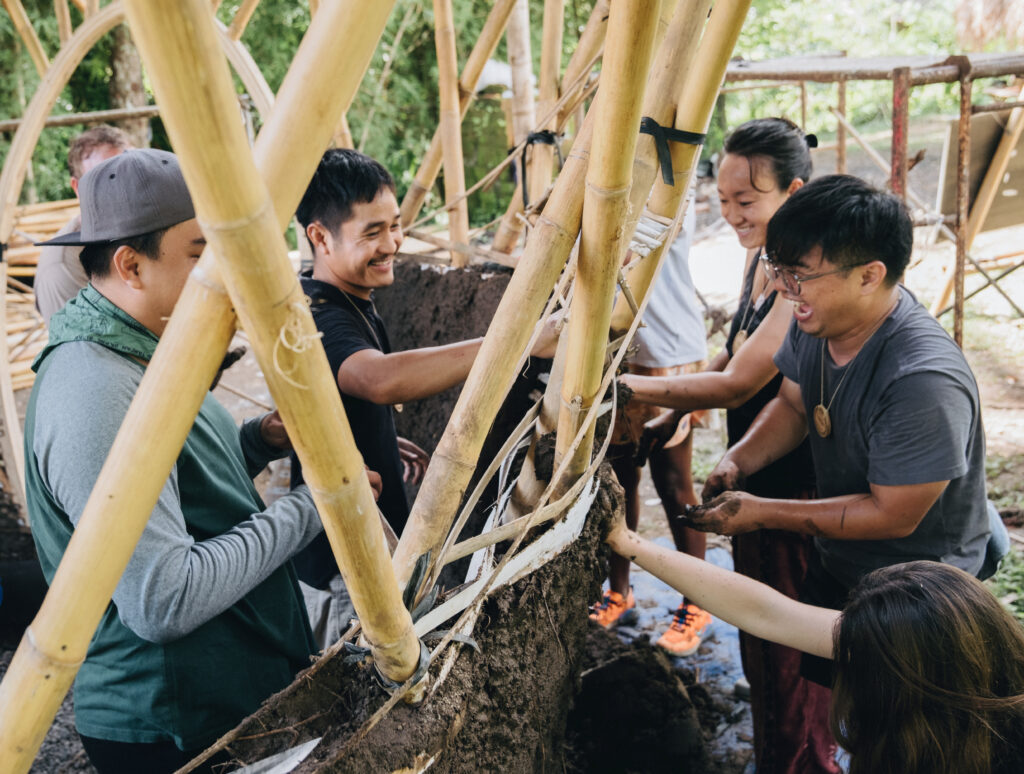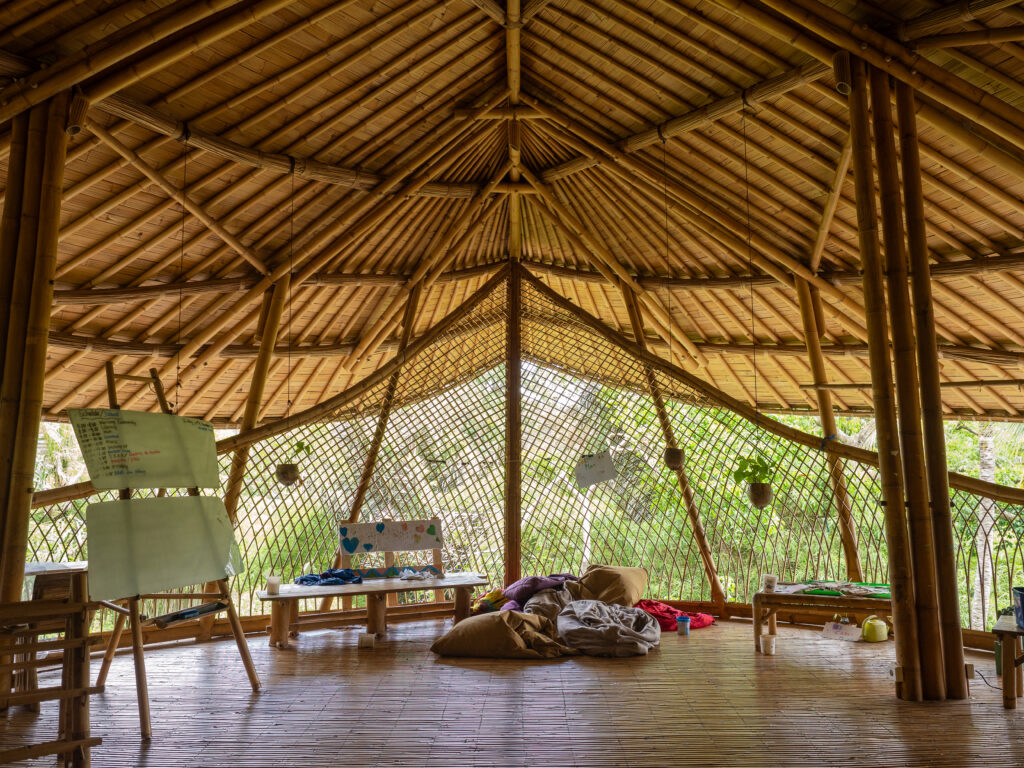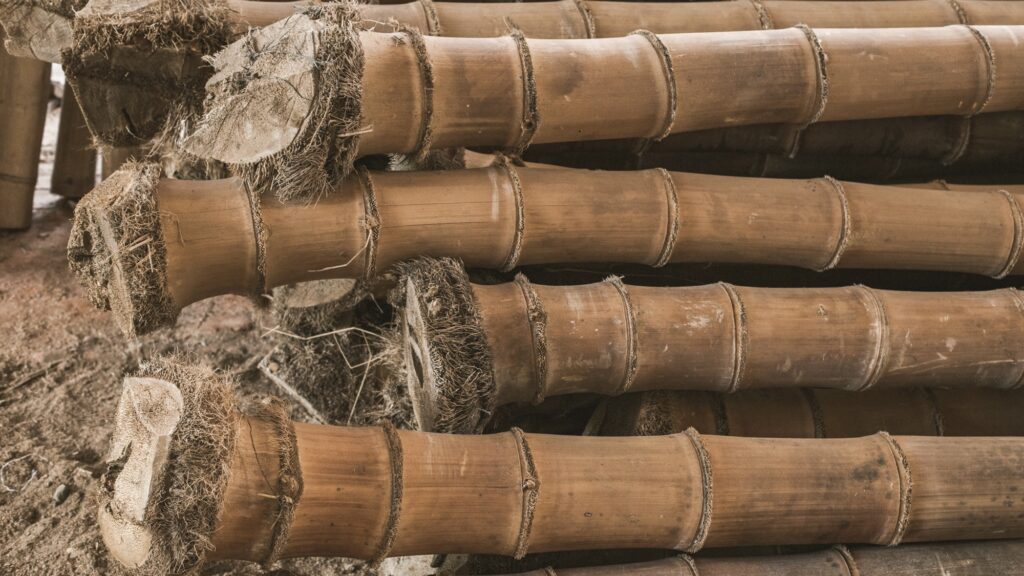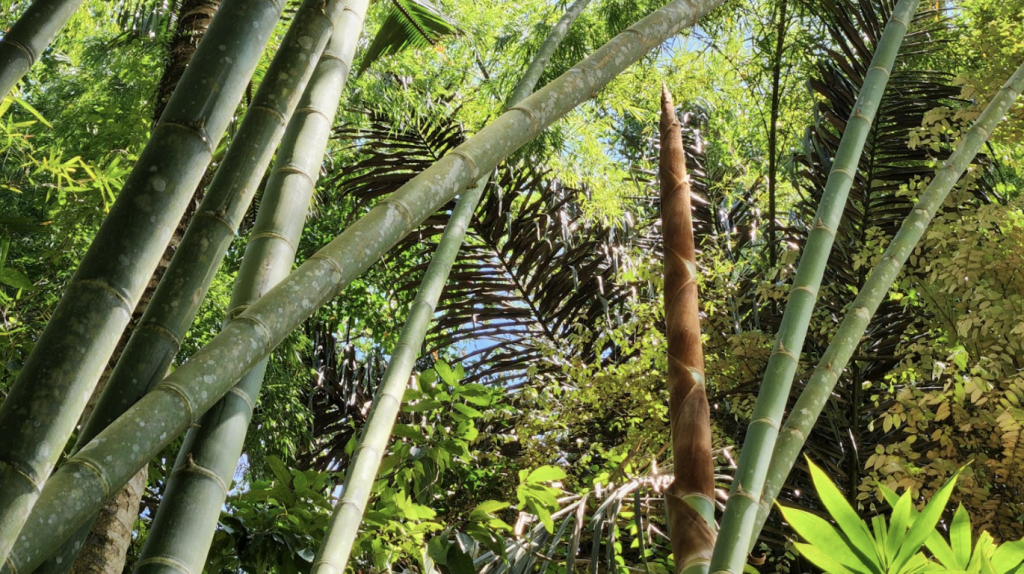Bamboo’s Potential in Rural and Informal Communities
By | May 19, 2025 | Construction -
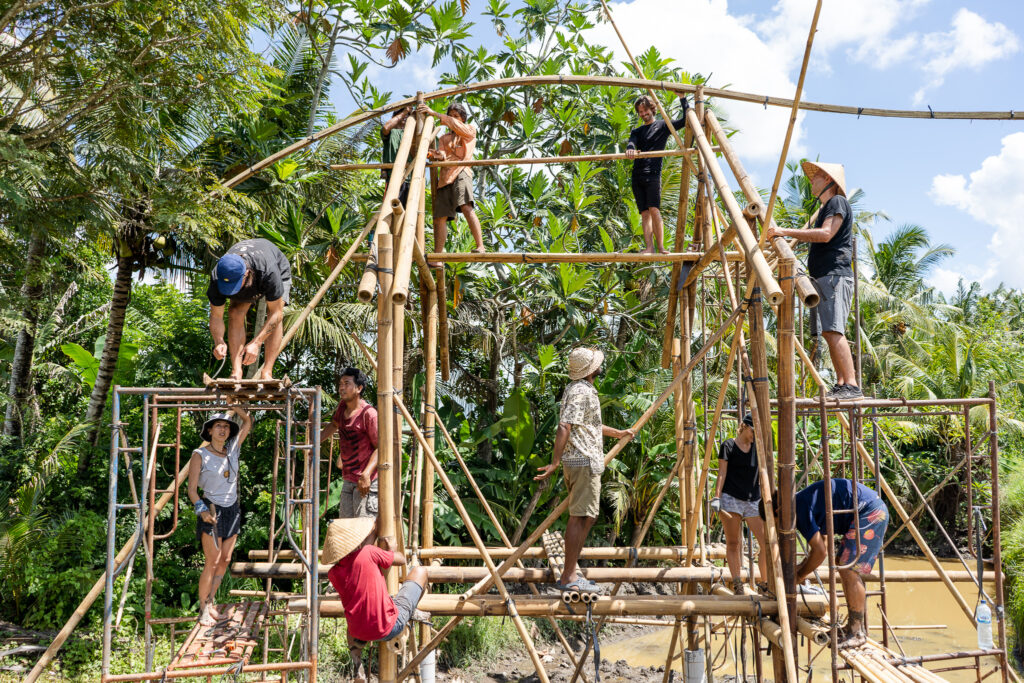
Bamboo is a material that can empower rural and informal areas. This article will demonstrate this through two approaches: By adopting a cement bamboo frame system for social housing and through the concept of mutual support, known as Bayanihan.
Rural and informal communities are facing problems in the modern world. Cities offer people job opportunities and amenities, which young people especially are drawn to. This often results in unsustainable rural communities, and formations of informal ones. Paradoxically, a growing amount of people living in cities are noticing a dissonance and want to be more connected with nature. They want to experience a slower pace of life. Instead, they see rural areas as an option for “escaping” the hustle and bustle of modern cities.
To keep rural communities alive, a resourceful way of living is needed. People in these communities need to be more connected with the land. This includes in ways such as how they source their food and building materials. There is also a larger need for collaboration and collective participation for things to move forward successfully. This article will focus on two different initiatives started in the Philippines that highlight bamboo’s role in empowering rural and informal communities.
Bamboo is a readily-available material in the Philippines. It has been used across traditional Philippine architecture, as seen in the Bahay Kubo structures. On the other hand, bamboo has a bad reputation. Over time, it has always been seen as a temporary material and there is a common misconception that bamboo does not historically stand the test of time. Furthermore, the high number of natural disasters that the Philippines experiences makes this belief more prevalent. Therefore, most people idealize housing materials that look strong and sturdy, for example hollow, concrete blocks.

Related: How Bamboo is Used for Ceremonies in Bali
The Base Bahay Foundation is a non-profit organization based in Manila. Their mission is to push bamboo construction into the mainstream, while simultaneously empowering all the participants in the value chain. They do this by researching and developing prefabricated bamboo social housing solutions. To complete their work, they employ local farmers and workers to do the required planting, harvesting, treatment, and construction. Another benefit of their process is that the local workers receive intensive skill training. This ensures that they will gain relevant work experience, skills, and even a national certification, which will help their households to secure more work after the project is over.

The prefabricated system that Base Bahay uses features a bamboo frame and a cement infill. Their research primarily focuses on how to make bamboo houses safe against natural disasters and insect-attacks. This scientific approach also makes it easier for them to commercialize bamboo by providing statistics and precedents that can help them push for changes in building codes and regulations. In combination with the research they are doing, by finishing buildings with cement and making them look like houses that people associate with wealth and safety, they are able to persuade people that are initially skeptical to bamboo structures, to give this modern version a try.
An example of this prefabricated social housing system in action is the Community of Hope, built in collaboration with Operation Blessing Builds, in Tacloban. After super typhoon Haiyan hit East Philippines in November 2013, many lives were lost and houses were destroyed. To re-house survivors that lost their homes, the Community of Hope project was built, which consisted of 100 single-family houses of 60 m2. The goal was to build permanent housing that would withstand natural disasters in the future. The houses that were built are calculated to be strong enough to survive a magnitude-8 earthquake, and winds of more than 66.67 m/s.

Related: It’s Time for Architects to Rediscover Natural Materials
In 2010, Alexander Eriksson Furunes, a Norwegian architect, collaborated with the NGO Streetlight. Together, they built a study center with the informal settlement of Seawall. This is also located in Tacloban, Leyte, just like Base Bahay’s Community of Hope. During the course of the project, Furunes learned about the concept of Bayanihan, a Filipino term that refers to mutual support.
The most common use of the word Bayanihan is when a family needs to move their house after a natural disaster. The community comes together, lifts the house on long bamboo poles, and carries it to a new location. This Bayanihan spirit is the key idea that Furunes used in planning his 2010 project. Similar to Base Bahay’s idea of teaching relevant skills, Furunes’ method also gave the community of Seawall relevant construction skills. This would help them maintain the building in the future, but would also give them higher chances of obtaining work later on.

One standout feature of Furunes’ process was his focus on involving everyone in the community. He organized regular meetings where he encouraged community members to chime in about their dreams and provide feedback on what the Study Center should be. Furunes included insight from those of all ages, from the children to elders of the community.
Through this way of working, the community gets to partake, which results in a sense of pride and ownership of the project. Therefore, the building is no longer only valued just as a finished product, but also as something with a higher inherent value. This results in a sense of ownership and intention to preserve it, because there is a history behind it which makes it worth maintaining. Similarly, the Study Center project embodied the shared memories of collaboration and dreams of the community.

The materials used for the Study Center were locally-sourced. It featured a wooden structure, sitting on top of a back wall of hollow, concrete blocks. The rest of the walls were built with woven bamboo mats, called Amakan, which were woven by mothers that worked at the community market. They already had these weaving skills from their experience of making baskets to steam rice.
To make the building stronger considering the extreme winds, the bamboo facades were designed to be blown off. Additionally, this allowed the wind to pass through the space. Furthermore, the roof was angled in the direction of extreme winds to reduce the risk of the roof being blown off. As a result of the building’s design, it survived a 7.6-magnitude earthquake and several typhoons. However, it sadly did not survive the super-typhoon Haiyan in 2013.

As seen in the examples above, when working in rural or informal communities, it is important to properly examine the context. This includes what is already there, and how can it be applied in the best way possible, both in terms of efficiency and ethics. These skills and knowledge can be anything from work experience, materials, people, and culture. This is clear in Base Bahay’s focus in the value chain, and in Furunes’ inclusion of the community. Bamboo as a local, dry-trade material, also makes the threshold to start working with it low.
We also have to acknowledge, that both examples mentioned above were initiatives that started from outside the community. Base Bahay is non-profit group that aims to help local communities throughout the bamboo value chain. Meanwhile, Alexander Furunes works with NGOs. The beauty that all these initiatives share is that they are helping with initial founding and knowledge. It gives the community a good starting point to become independent in working with bamboo. This means that if there is a lack of engagement in the local community, then the opportunity given will dwindle in the long term. This highlights again the value and importance of being resourceful when using bamboo in rural or informal areas.
Sources
Alexander Eriksson Furunes, “MUTUAL SUPPORT: Learning from Bayanihan/Dugnad,” Doctoral Thesis, (Norwegian University of Science and Technology, 2022)
Base Bahay. “BASE Cement Bamboo Frame Technology Overview.” October 23, 2023. Educational video, 4:32. https://www.youtube.com/watch?v=FMHAcwzbr_M&ab_channel=BaseBahay.
CBN News. “Operation Blessing Builds ‘Community of Hope’ with 100 Homes for Storm Survivors in Tacloban City.” June 13, 2023. News video, 7:04. https://www.youtube.com/watch?v=9IUS9_gbnio&ab_channel=CBNNews.
All images belong to the original owners.
Want to learn how to work with bamboo? Join one of our courses HERE!


